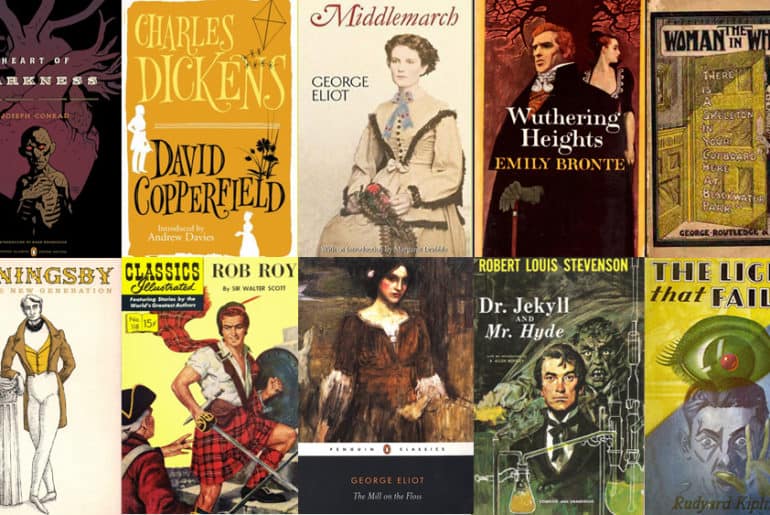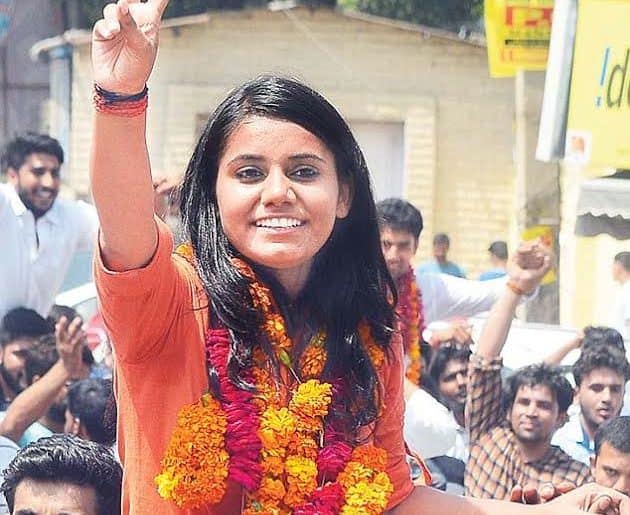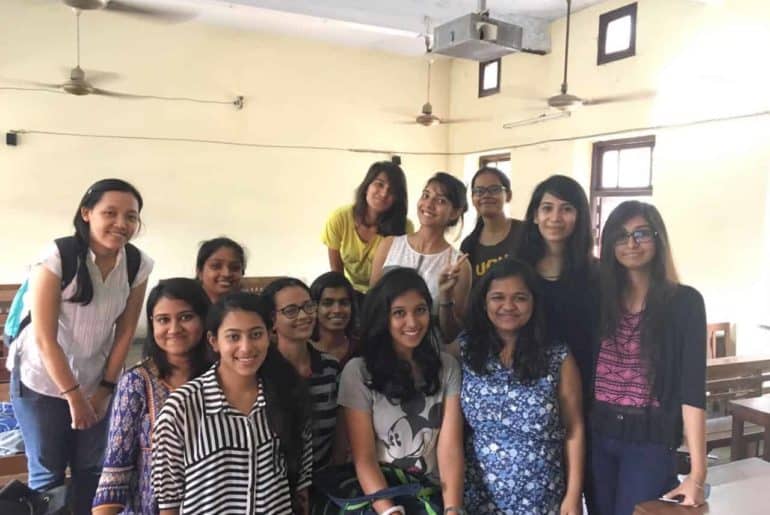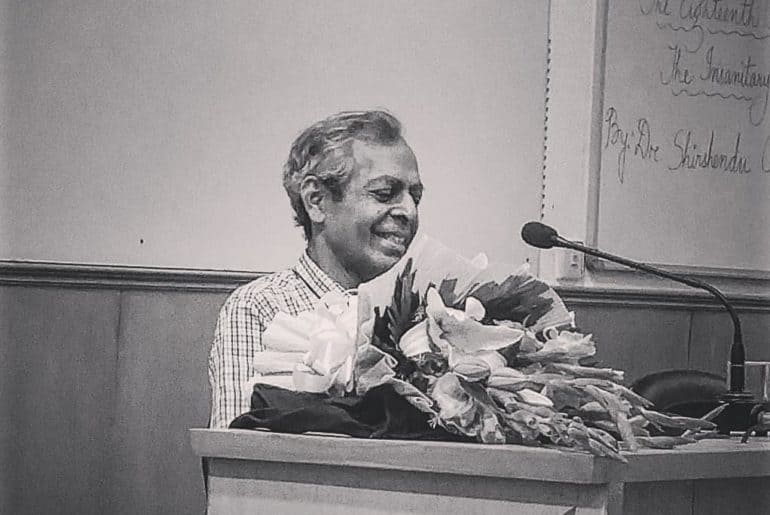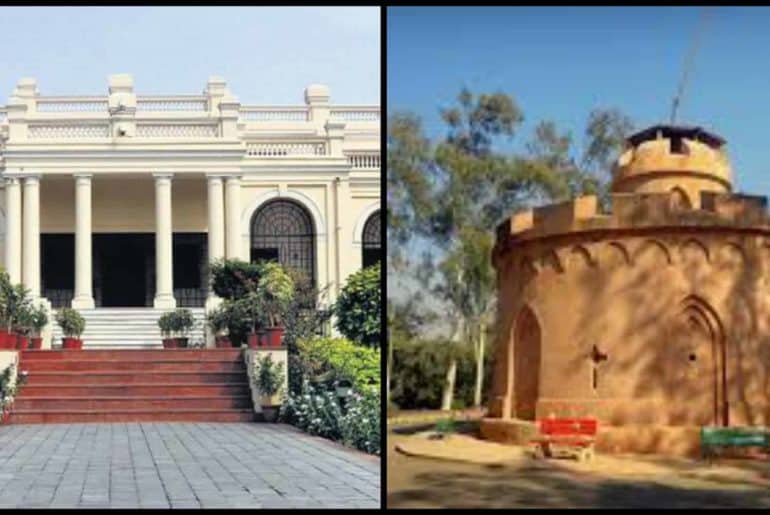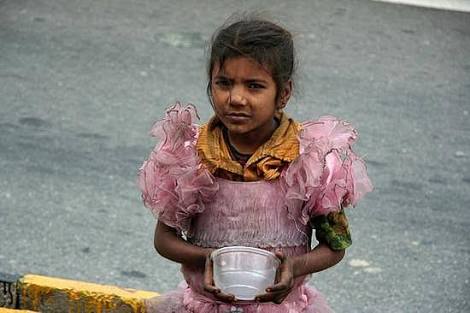Being one of the most sought after courses in Delhi University, English Honours crests up the expectations of every literati who seeks admission in this course. The idea of meeting Shakespeare, Jane Austen or George Eliot everyday makes it nothing short of exciting. But how is the journey actually like, well, let’s find out here!
After braving the cut off crisis, entering college on the first day as an English Honours student is bound to elate any literature enthusiast who is looking forward to an expedition of the literary world! The initial days of study in this course certainly blurs the boundaries of literature exploration. Meeting great authors, playwrights and critics through their work takes some time to be familiarized with, yet, makes one feel like delving deeper into the sea of literature. How can we forget the joy of purchasing those new books that never fail to bring a wave of happiness with the smell of their new pages!
Seeing all that happiness, our dear friend – the syllabus, starts pouring us some more love with endless discussions, chapters which seem to never finish and, motley range of timeless drama and poetry. This is when we feel like telling this friend of ours to calm down! With the ever increasing number of texts and background readings, at times it starts getting difficult to manage academic reading and leisure reading at the same time. Adding on to it, friends from different courses keep envying us for reading mere “stories” in the syllabus and having an easy course structure. This is the moment when we feel like enlightening those friends about the difference between reading Blake and Swift for leisure and reading them as part of one’s syllabi. Thus, we join the brigade that breaks baseless myths about the course being a mere cake walk!
Just after the crest phase comes the road to the trough. The teachers expecting students to read their respective texts completely and “critically analyze” everything that comes our way starts getting a little too tricky! This is when we start shifting from mere readers to critical readers of literature. But the road doesn’t seem all that easy in the first semester of the course. With loads of narratives and analysis to remember, one definitely gets overwhelmed with the amount of reading to be done, while being unaware of the questions that can be asked for such study. After putting in much effort, we’re forced to rely on help books to help us sail through the semester. However, the ultimate test of literature love for a first semester student is the semester examination. A study loaded with truckloads of texts, the first semester exams of the course resurface the general emotion for studies in no time.
Nonetheless, English Honours sure makes every seeker a thinker beyond the average one. Despite the initial hiccups, this course is not a mere study, but a leap ahead in the understanding of the world.
Feature Image Credits: www.flavorwire.com
Priyal Mahtta

